Adaptador de Plano de Aprendizado para Autistas - Customized Learning for Autistic Students

Welcome to your personalized learning journey!
Tailoring education to every unique learner
Describe a personalized learning module for...
Create an interactive educational game focusing on...
Design a social interaction scenario where...
Generate a supportive feedback message for a student who...
Get Embed Code
Overview of Adaptador de Plano de Aprendizado para Autistas
Adaptador de Plano de Aprendizado para Autistas is a specialized AI tool designed to create personalized learning experiences for autistic students. It focuses on adapting educational content based on each student's unique preferences, interests, and learning goals. By utilizing AI capabilities, it comprehensively understands individual needs, offering interactive modules in various areas such as language, mathematics, computer skills, and social abilities. The tool is equipped with assistive communication features and integrates gaming elements for an engaging learning experience. It also provides feedback tailored to individual performance and includes virtual social interaction scenarios to practice social skills in a controlled environment. Moreover, it features a tracking dashboard for parents or caregivers to monitor progress and supports multimodal learning including voice recognition, educational images, and text. Powered by ChatGPT-4o。

Key Functions of Adaptador de Plano de Aprendizado para Autistas
Personalized Educational Content
Example
Adapting a math lesson to include a student's interest in trains, using train imagery and scenarios to explain mathematical concepts.
Scenario
For a student fascinated by trains, a lesson on fractions might involve dividing train cars into sections.
Interactive Learning Modules
Example
Modules in language and mathematics that adjust to the student's level of support, using interactive elements like drag-and-drop or voice input.
Scenario
In a language module, a student could be asked to match words with pictures using a touchscreen interface.
Assistive Communication Tool
Example
Allowing non-verbal students to use symbols and pictures to express themselves and participate in lessons.
Scenario
A student could use a tablet to select pictures representing their feelings or needs during a classroom activity.
Educational Games
Example
Games designed to improve cognitive skills and memory, tailored to each student's ability level.
Scenario
A memory game where students match cards based on a theme related to their interests.
Individualized Feedback
Example
Providing specific feedback on a student's progress in a particular module, highlighting strengths and areas for improvement.
Scenario
After completing a math exercise, the student receives feedback on their problem-solving strategies and accuracy.
Virtual Social Interaction Scenarios
Example
Simulated environments where students can practice social skills like conversation, turn-taking, and understanding emotions.
Scenario
A virtual classroom where students interact with AI characters, practicing greeting others and understanding social cues.
Progress Tracking Dashboard
Example
A dashboard for parents and caregivers showing the student's progress, areas of strength, and challenges.
Scenario
Parents accessing a weekly report that outlines their child's engagement with different learning modules and progress in key areas.
Multimodal Support
Example
Offering learning materials in various formats such as text, images, and voice to cater to different learning styles.
Scenario
A student who prefers auditory learning receives lessons primarily through voice narration and audio cues.
Regular Updates
Example
Continuously adding new content and features to keep the learning experience fresh and engaging.
Scenario
Introducing a new game every month that aligns with the current educational theme or student interests.
Target User Groups for Adaptador de Plano de Aprendizado para Autistas
Autistic Students
Students on the autism spectrum who require tailored educational approaches. They benefit from personalized content and multimodal learning options that cater to their unique learning styles and interests.
Educators and Therapists
Professionals working with autistic students who seek effective tools to engage and educate. They can utilize this AI tool to create customized lessons and track student progress.
Parents and Caregivers
Family members of autistic students who want to support their child's learning journey. They can monitor progress through the dashboard and understand their child's learning needs better.

How to Use Adaptador de Plano de Aprendizado para Autistas
1
Visit yeschat.ai for a free trial without login, also no need for ChatGPT Plus.
2
Create a student profile including preferences, interests, and learning objectives to tailor the educational content.
3
Select the desired learning module based on the student's interests and support level, whether it's language, mathematics, computer skills, or social abilities.
4
Utilize the communication assistive feature for practicing verbal expressions or using visual symbols, depending on the student's comfort.
5
Monitor progress through the tracking dashboard provided for parents or caregivers, offering insights into achievements and areas for improvement.
Try other advanced and practical GPTs
Académie Animal
Empowering Pet Owners with AI
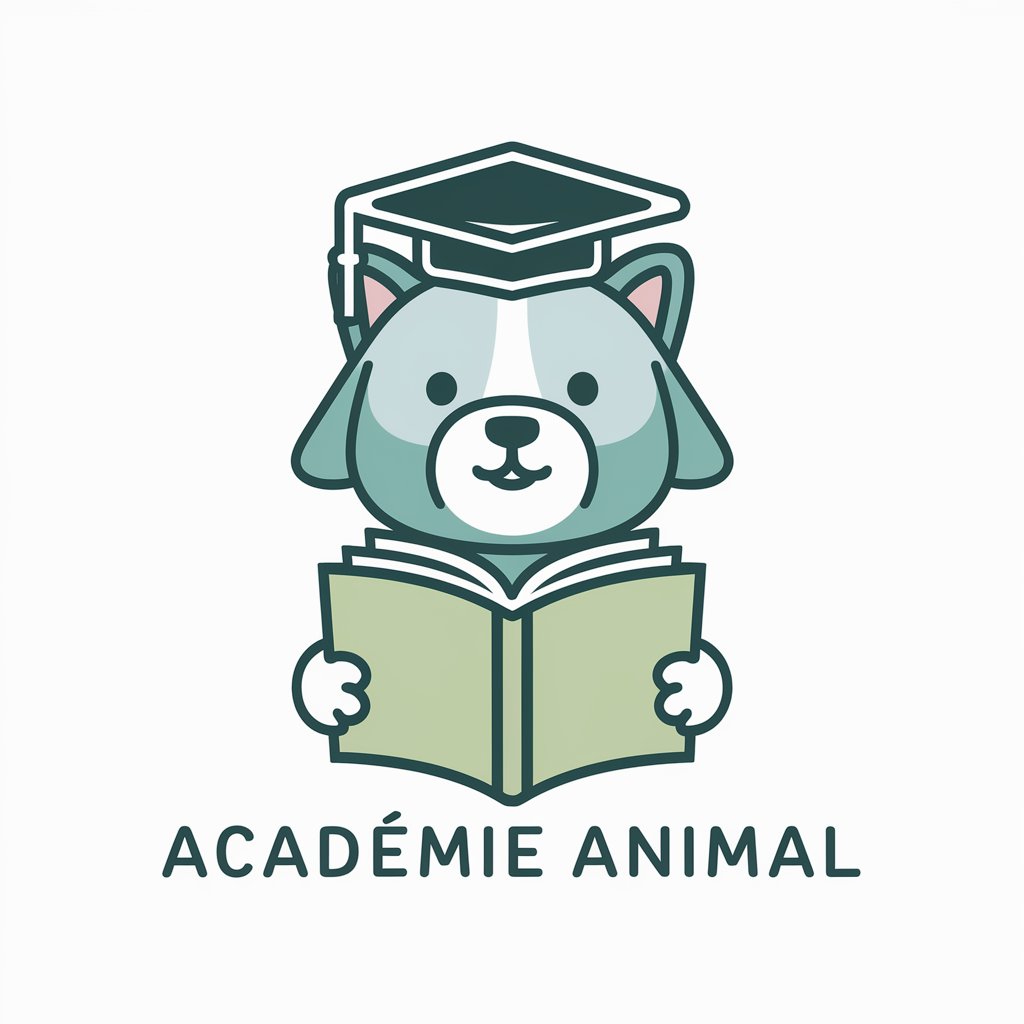
社会🌍 (中学校)
Empowering learning with AI-driven social studies insights.

Assistente de Aprendizagem de Computação
Empowering Computing Learning with AI
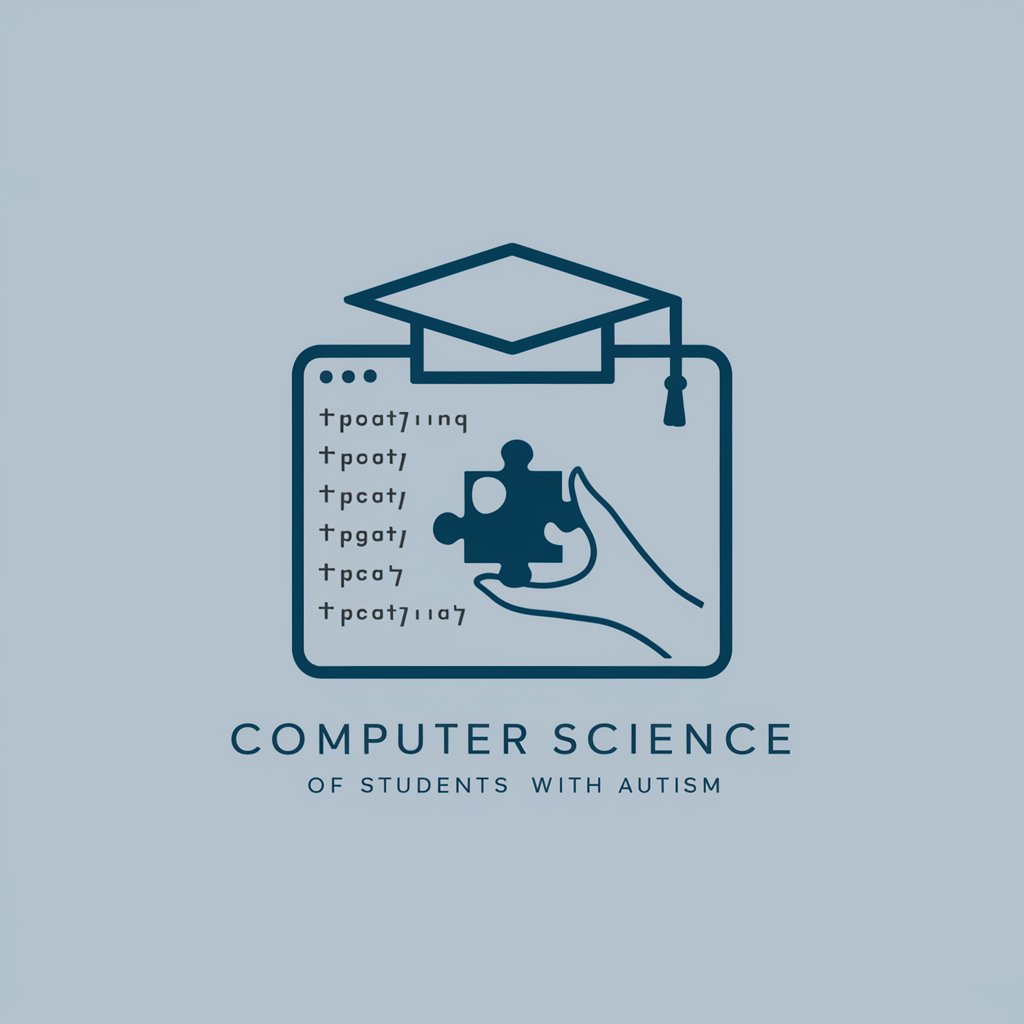
アダチさん16号(社会保険労務篇)
Navigating Social Insurance with AI

blender_3d的Geometry Nodes的教學精選
Unleash creativity with AI-powered Geometry Nodes.
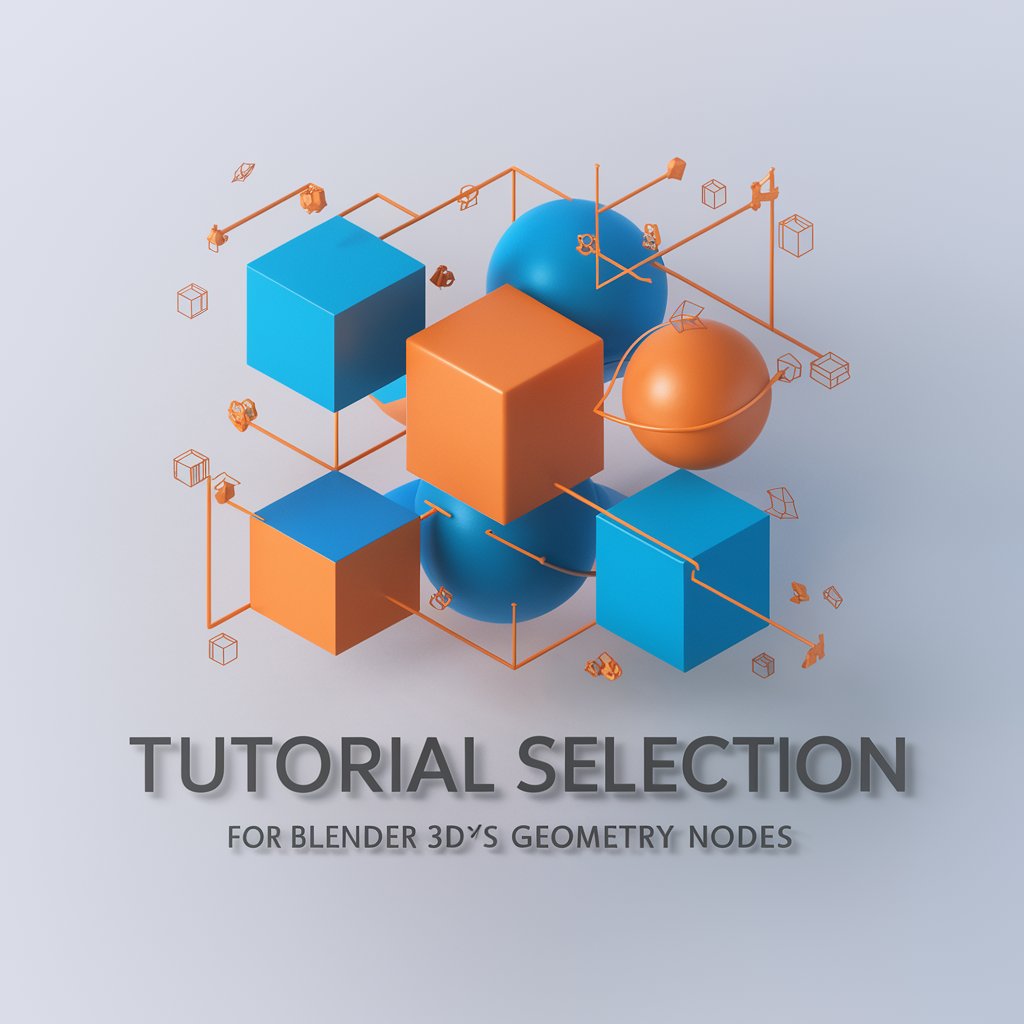
アダチさん19号(開発ツール・フレームワーク篇)
Empowering your code with AI insights
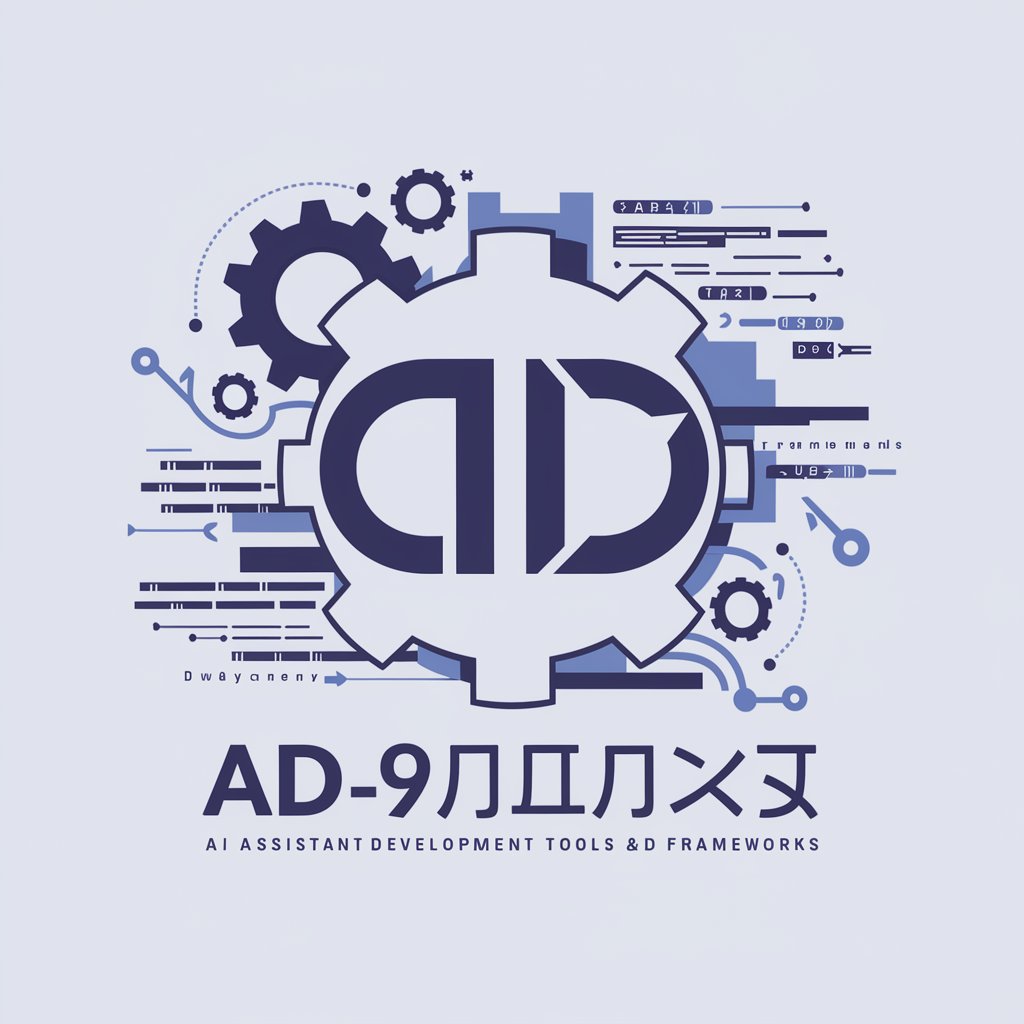
Vision Weaver
Unleash creativity with AI-powered imagery

Blender_3d のジオメトリ ノードの選択を教える
Empower your 3D modeling with AI
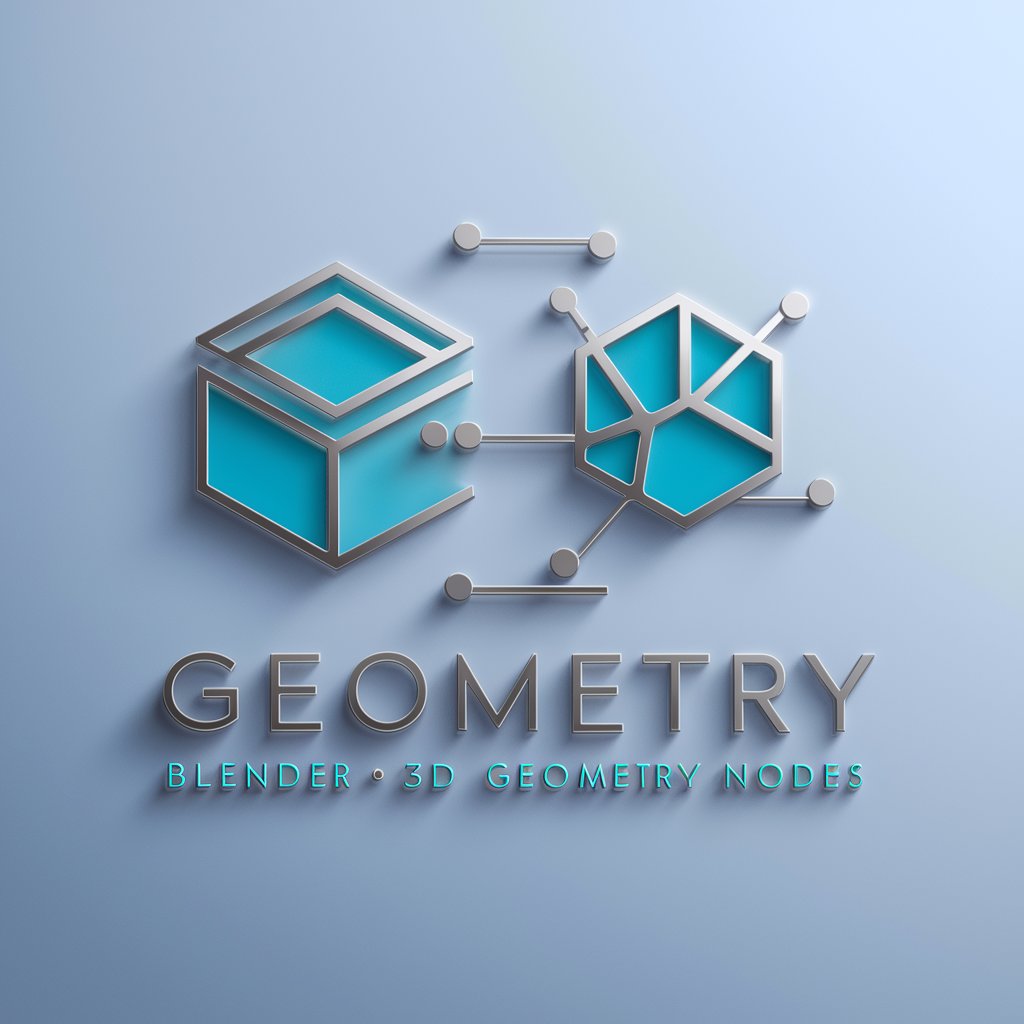
FailoryGPT
Learn from past failures to build future successes.

Social APP LIVE 2 E-BOOK PRO
Empowering Creativity with AI
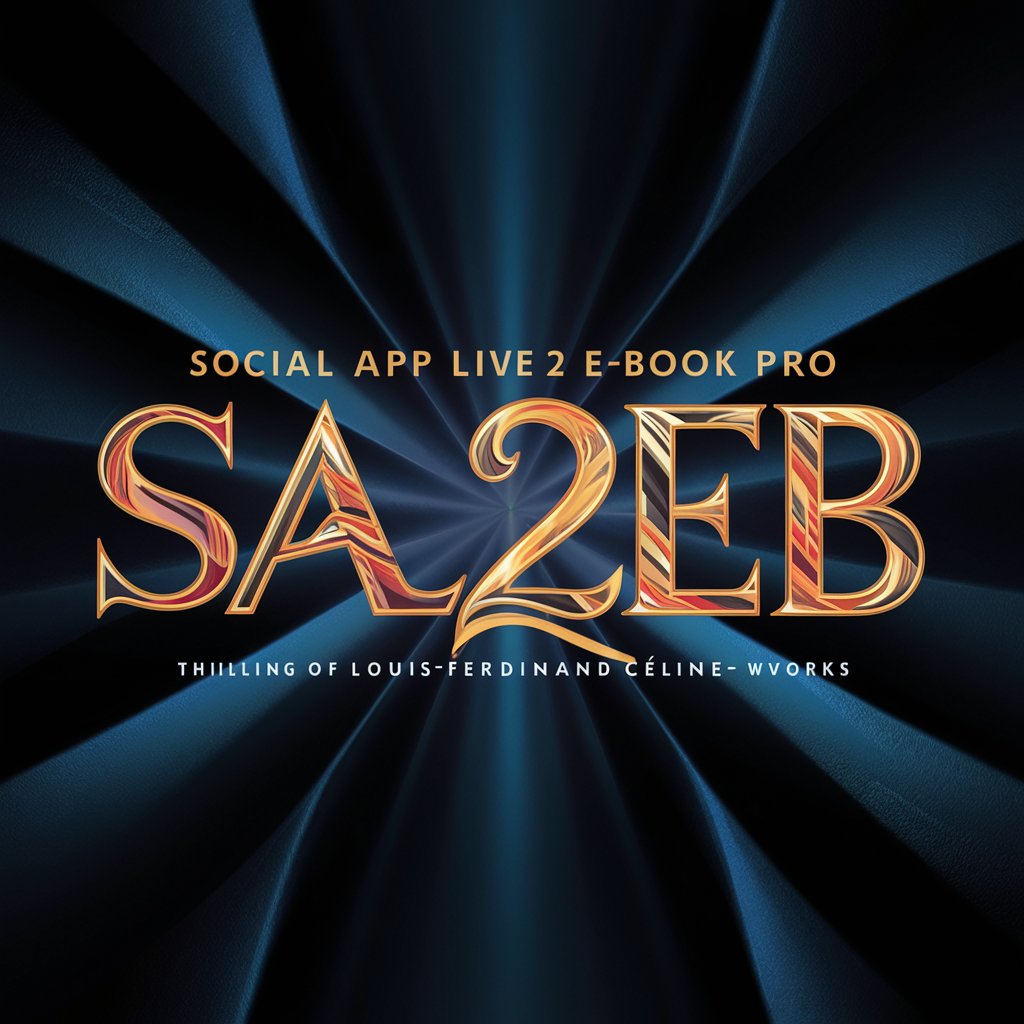
Kindle Navigator
Tailored Book Suggestions at Your Fingertips

LyricsGPT
Empowering songwriting with AI innovation.
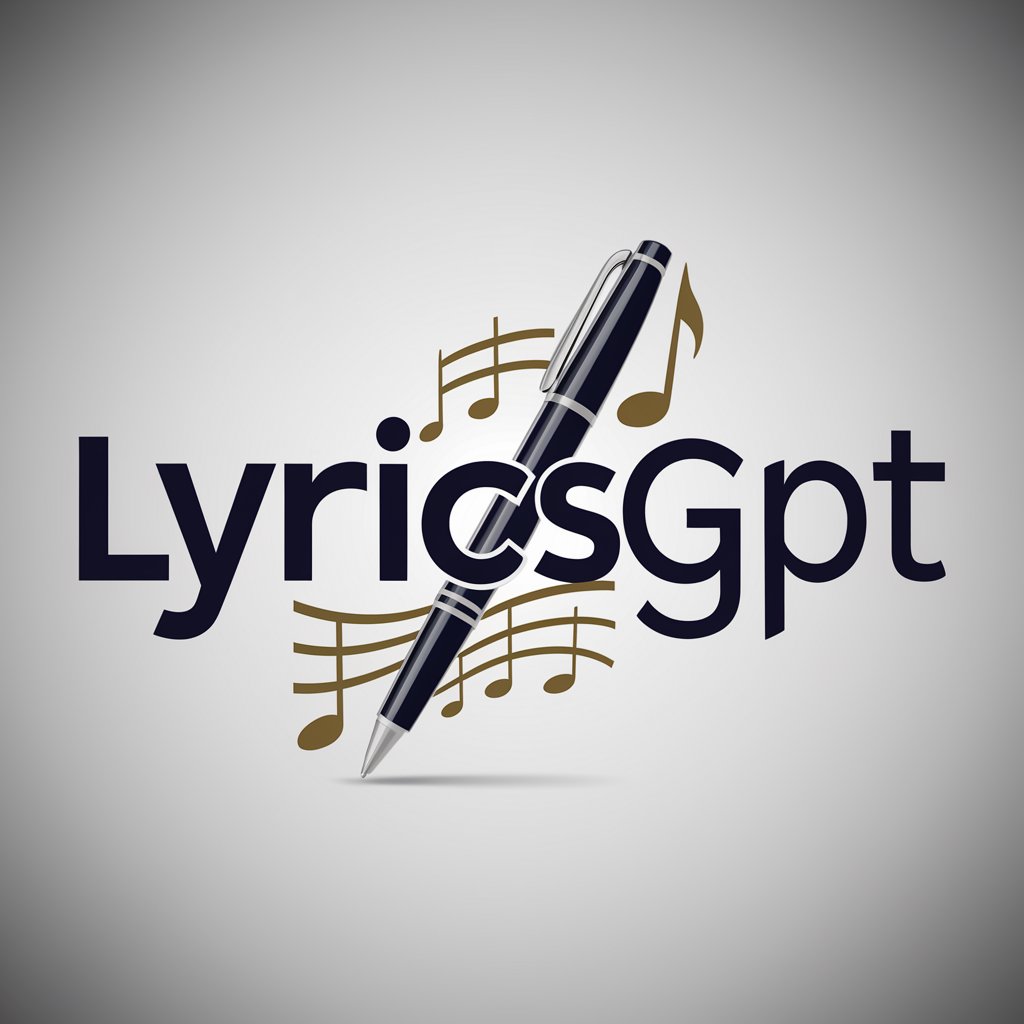
Frequently Asked Questions about Adaptador de Plano de Aprendizado para Autistas
What is Adaptador de Plano de Aprendizado para Autistas?
It's a tailored learning environment designed to support the educational needs of autistic students, integrating personalized content with interactive modules and assistive communication features.
How can it help autistic students?
By providing customized learning experiences that cater to individual preferences, interests, and the level of support needed, it enhances engagement and facilitates skill development in various areas.
Can parents track their child's progress?
Yes, a dedicated dashboard allows parents and caregivers to monitor learning achievements, providing valuable insights into the student's progress and areas needing attention.
Is it suitable for all levels of autistic support needs?
Absolutely. The platform is designed to adapt to various levels of support needs, from Level 1 (requiring minimal support) to Level 2 (requiring substantial support).
What kind of educational content is available?
The platform offers a wide range of modules, including language, mathematics, computer skills, and social abilities, all tailored to the student's individual learning profile.
